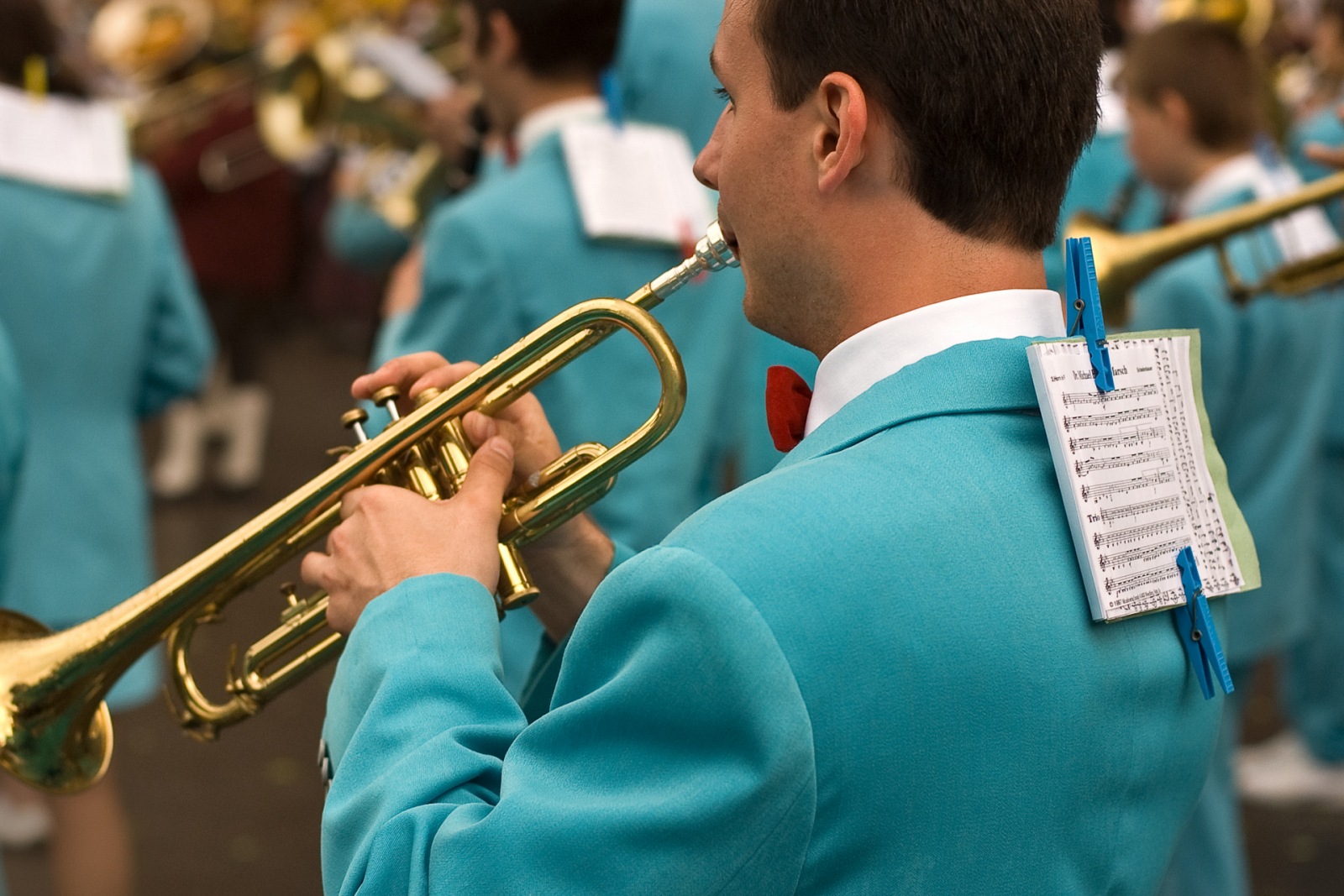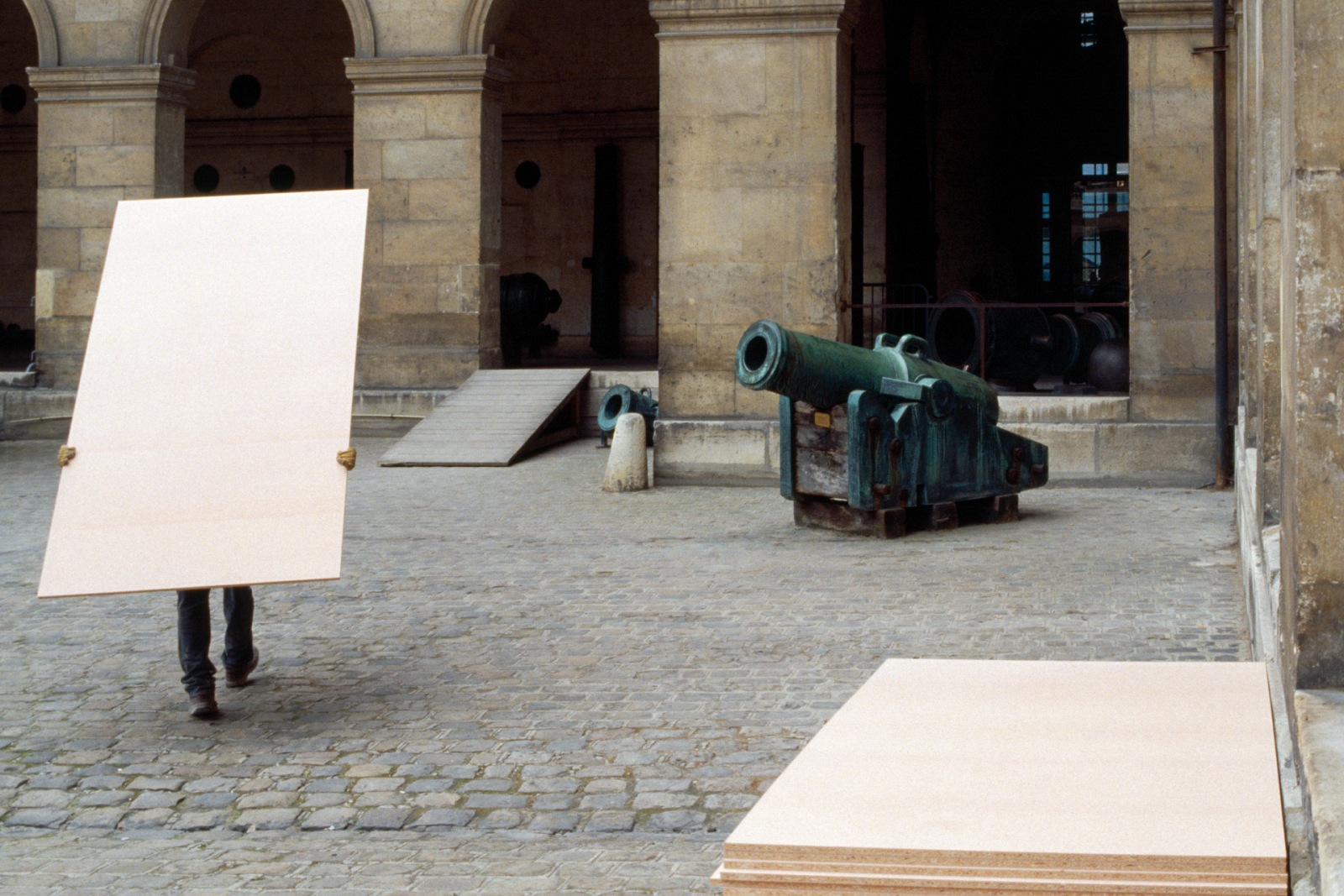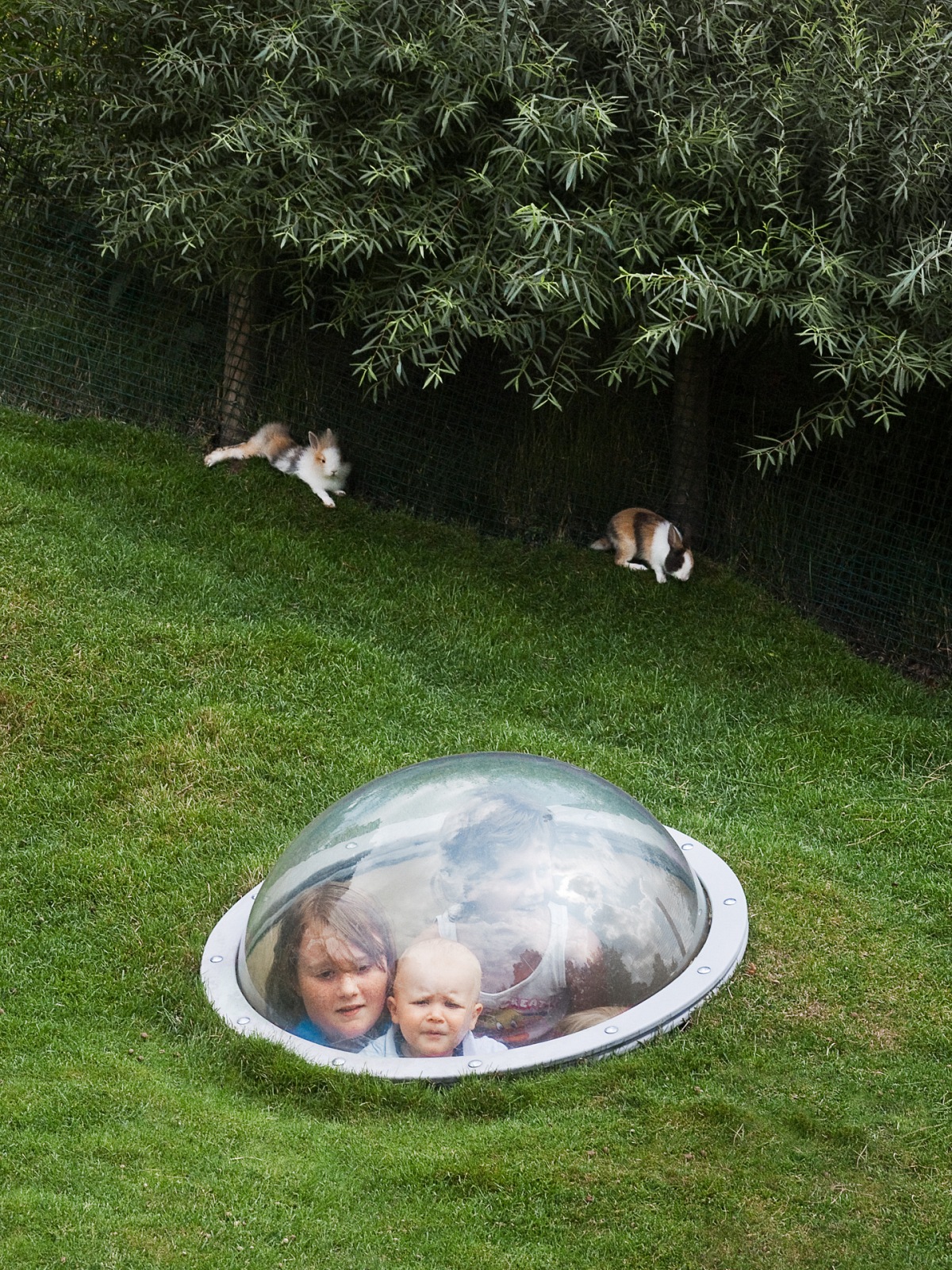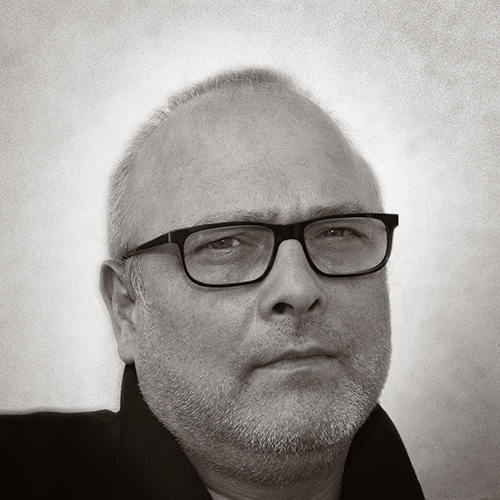robert rutöd
right time, right place
«Polysemy makes one question the meaning, and this questioning usually appears as a disfunction, even though it is then recovered by society under the shape of tragical game (a mute God that does not allow to choose between signs) or poetical game (it is the trembling of the sense – the panic – of the ancient Greeks). Even in cinema the traumatic images are linked to an uncertainty (to an anxiety) on the sense of objects or attitudes»
Roland Barthes*
According to not very recent theories elaborated by Brunet and Piaget, perception cannot happen without categorization. This means that when watching a picture, its perception happens at the same time of some form of verbalization. Hence an image, taken directly, would not have any denotative state; it would not in fact have any social significance until it is immersed in a first connotation through the categories of language. Historically, this implies that the classification of the real, even if only by segmentation, could allow the verification of a sort of coincidence between the photographic image and the different connotations of language. This in turn would open the way to a cognitive connotation whose meaning can be found in the elements of the
analogon. In other words, part of the attribution of a meaning to a particular image would go through the phase of recognition of some elements in that portion of the real drawn from the selection/exclusion of space framed at the moment of the shot. This recognition is also possible through the confrontation of data collected from previous experience.
Beyond further considerations on ideological connotations, what happens when the reader's expectations on an image, that are based on previous experiences, are not satisfied? In other words, what happens when the iconic proposition does not assume the same shapes of what habits makes us see as normal or proved?
Firstly, the fact that our expectations are not met provokes a sudden increase of the level of attention in the spectator. The image proposes something unexpected, it invokes different rules in order to decode it and consequently unleash the hunt of those parametric elements that allow to interpret and codify the...
new reality. In fact, the mechanisms that allow this specific twisting of the real operated by the image are quite easily noticeable in the inversion of the common meaning of things. Or alternatively, in the product of the fatal conjunction between the choice of a particular moment to take the picture and the choice of a particular angle that would allow unusual iconic alignments.
To be in the right time at the right place...
Consequently, the result breaks the well-known rules, it shows another parallel world that opens to the surreal. A world that has known traits and that, in the meantime, projects itself in meanings that defy and contrast the reason by stretching the iconic syntax.
Putting the images in sequence allows to return to the right attribution and reveals the interpretative key of the attribution of meaning; it shows and makes evident the mechanism of calling into question the perception of the real through the photographic
media.
[
Sandro Iovine ]
--------------------------------------------
(*) - Roland Barthes,
L'ovvio e l'ottuso, Einaudi, Torino, 1997; p. 28-29.
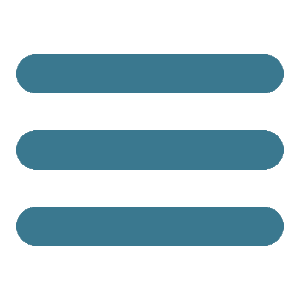
 home
cover ▼
opinions
news ▼
portfolio
post.it
post.cast
video
ongoing
thematicpaths
googlecards
FPtag
home
cover ▼
opinions
news ▼
portfolio
post.it
post.cast
video
ongoing
thematicpaths
googlecards
FPtag






